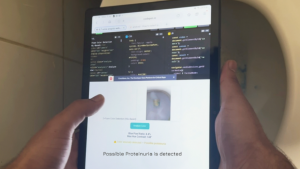This video unpacks the silent yet effective way that plants communicate with one another and highlights the channels they use to do so.
Written by entomologist and ecologist Richard Karban of the University of California and animated by Yukai Du, the lesson reveals how plants use chemical signals to respond to exterior conditions. They send their messages to one another through air and soil – even alerting close neighbours to an impending threat (but as the narrator suggests, this seems to happen inadvertently).
When a plant’s leaf is damaged or cut, a plume of strong chemicals is released that some surrounding plants can detect. These chemicals are responsible for the distinct smell of freshly cut grass, for example. Sensing trouble, nearby plants can react by amping up the compounds that repel threatening insects like aphids or even releasing a scent that attracts carnivorous wasps to hunt plant-eaters on their behalf.
According to Helene Steiner, horticulture researcher and spearhead of Project Florence, “Plants do not speak different languages [like humans do]. However, all higher plants do use electro-chemical signals to communicate and activate processes inside themselves. Each species can react differently to stimuli and adapt differently to its own needs. For example, some plants produce bitters to defend themselves against animal attacks and other plants, such as the Mimosa, shrink away from physical touch.”







